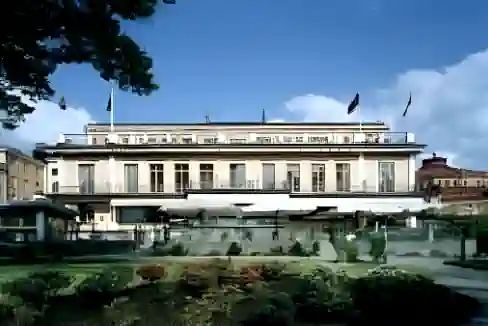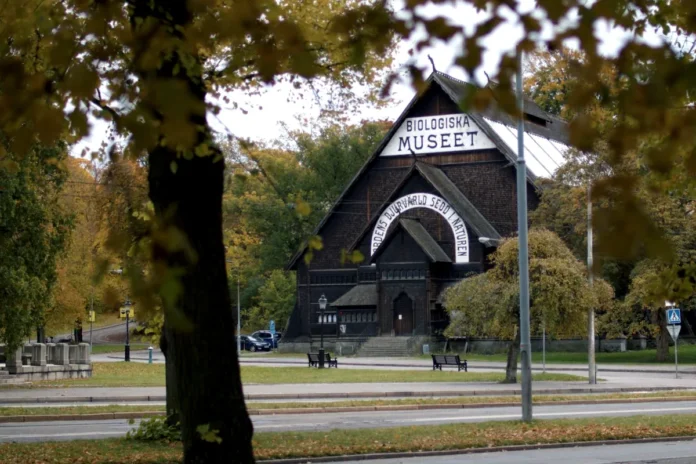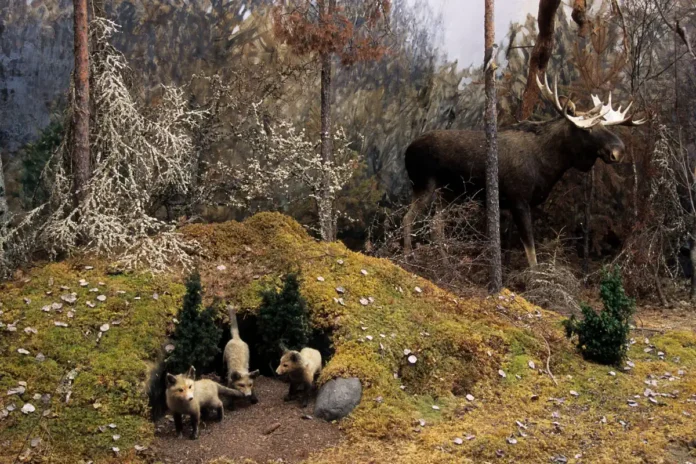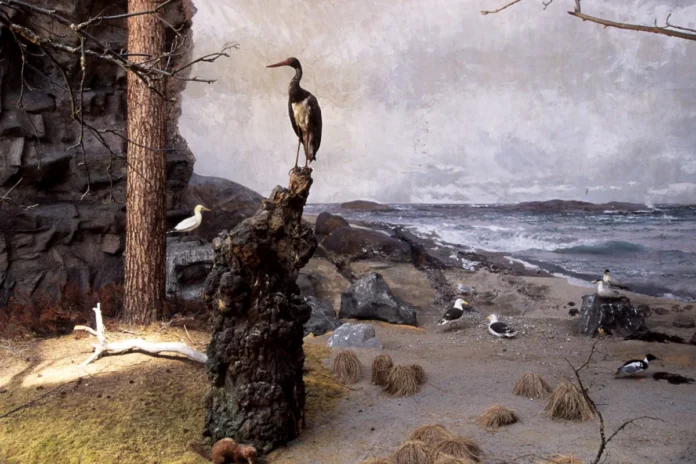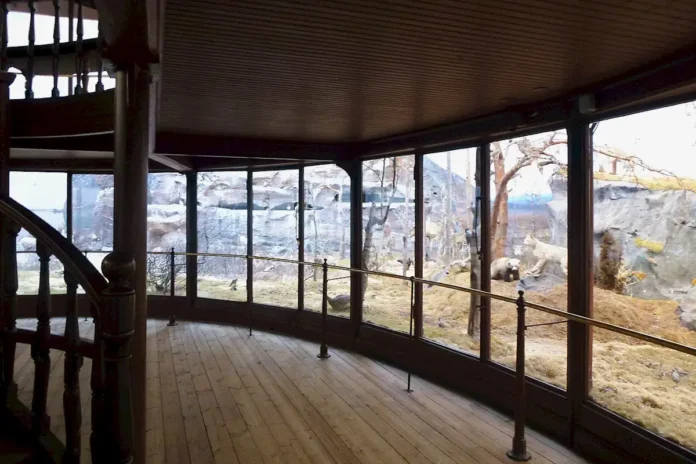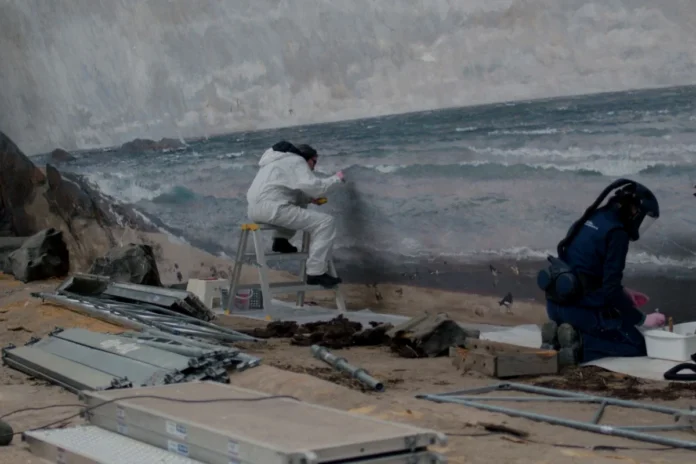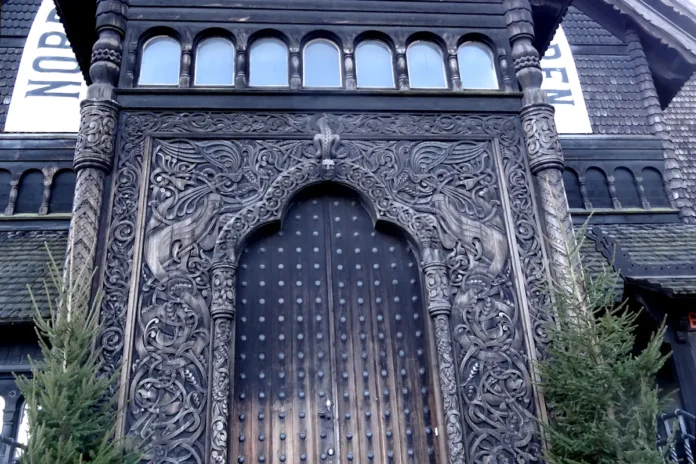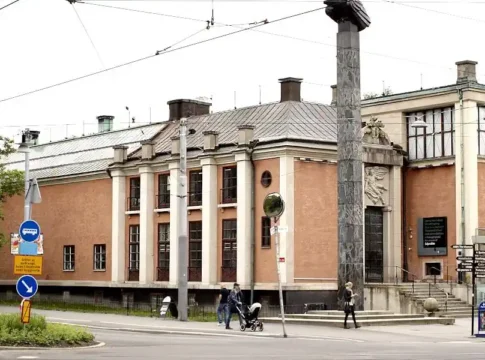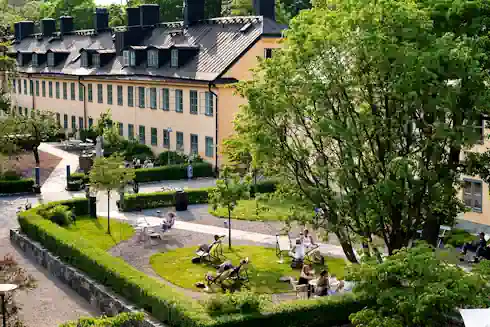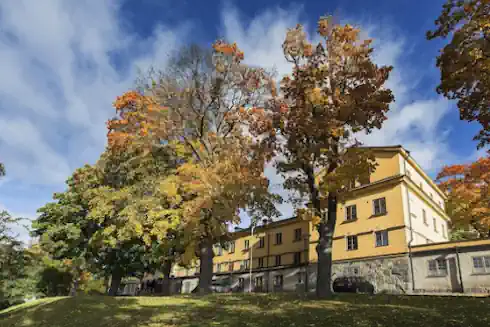Biologiska Museet: Nature and architectural splendor
The Biologiska Museet (Biological Museum) in Stockholm’s Djurgården showcases Scandinavian wildlife in immersive dioramas, enriched by the artistic genius of Bruno Liljefors. Built in 1893, this national romantic masterpiece is currently closed for major renovations—but its exhibits and architecture remain an enduring memory for generations of visitors.
As of 2017, Biologiska Museet is closed for major renovations. Restoration efforts are now underway, and the museum is expected to reopen in the coming years.
Architectural splendor rooted in tradition
The museum was a centerpiece of the Stockholm Exhibition of 1897. Designed by architect Agi Lindegren, it draws inspiration from the Borgund Stave Church in Norway. The tarred wooden shingles and carved portal details blend rustic Scandinavian charm with medieval grandeur.
Originally inscribed with “Unique in its kind—Panorama of Animal Life—Unparalleled in the world,” the facade today reads, “Nordic animal world, seen in nature.”
Dioramas: A window into Nordic nature
The museum is renowned for its realistic dioramas, which replicate the ecosystems of Scandinavia using taxidermied animals, natural materials, and painted landscapes by Bruno Liljefors. Without glass or electric lighting, the daylight from overhead skylights adds a soft realism, making these still-life scenes uniquely evocative.
Masterful craftsmanship in every display
Each diorama presents Nordic fauna—bears, moose, seabirds—within painted landscapes reflecting their real-life habitats. These artistic environments offer a haunting, almost cinematic perspective on nature as it might have looked over a century ago.
Educational significance of dioramas
The museum’s use of dioramas isn’t just visually impressive—it also serves as an educational tool, helping visitors understand animal behavior, ecosystem interactions, and species diversity in the Nordic environment.
A legacy of scientific curiosity
Beyond its dioramas, Biologiska Museet featured displays covering zoology, botany, and paleontology. Its extensive collection of taxidermy includes marine life, birds, and mammals—each meticulously prepared to reflect biological realism and environmental storytelling.
Conclusion
Though currently closed, Biologiska Museet remains a landmark of artistic innovation and natural history education. Its architectural design, pioneering dioramas, and cultural legacy continue to inspire curiosity and admiration. We look forward to its reopening and a new chapter in preserving the wonders of Nordic wildlife.



